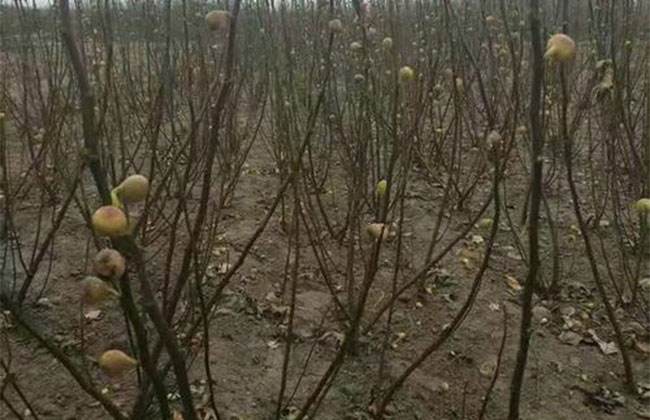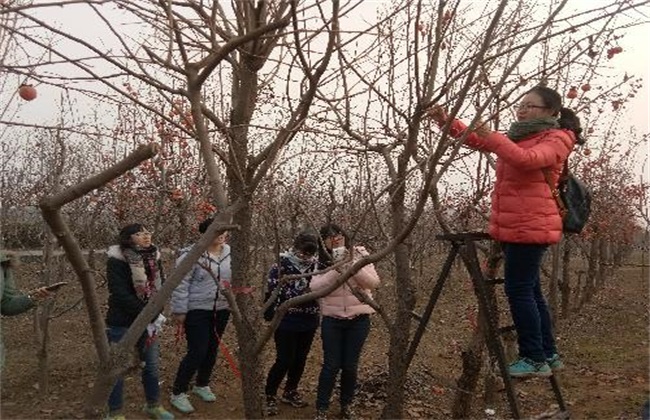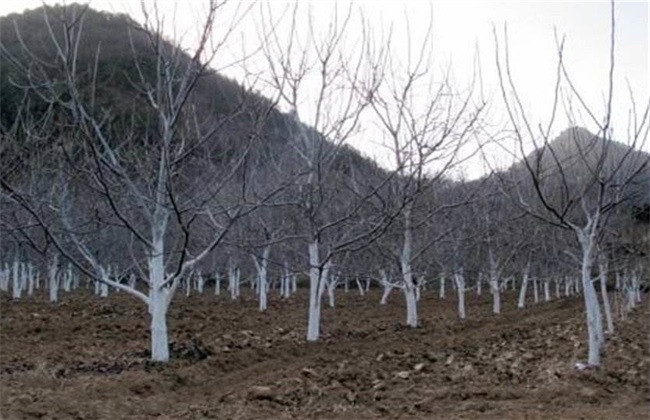Preventive measures for Frost injury of Chestnut trees in Winter
Chestnut is a kind of common food in China, among which wild is mainly distributed in the south. Of course, there is not a small planting area, in the cultivation of chestnut, management work is certainly very important. Especially in winter, because the temperature in winter is very low, if the management is not in place, then chestnut trees are extremely vulnerable to frostbite. Therefore, the following small series brings you the preventive measures for winter frost injury of chestnut trees. Let's take a look together!

1. Freezing in Qingyuan
At the end of autumn and the beginning of winter every year, it is the deciduous period of chestnut. Chestnut picking time is generally in October, but although it has been picked, but there are still some scattered chestnut fruit on the branches when the leaves fall. Therefore, if you want to ensure the safety of chestnut trees through winter, it is very important to clear the garden. First of all, the fruit should be picked up, and then the old and sick branches should be cut off, and some weak branches should also be cut off. Increase the permeability of the tree, and then concentrate the dead leaves and burn them.
2. Forest tillage
Then the young chestnut tree is turned shallow, and the depth is kept at about 15cm. If it is an adult tree that has already borne fruit, then it is necessary to deeply dig and enlarge the hole, and then add appropriate amount of humus to create a good growth welcome for the roots. The deep turning depth of adult chestnut trees should be kept at about 32cm. When deep turning, attention should be paid not to hurt the roots of chestnut trees. Moreover, comprehensive finishing work should be done to keep water and soil facilities from being damaged, avoid soil erosion caused by rainy days, reduce ground temperature, and cause chestnut trees to be frozen in winter.
3. Reasonable fertilization
Before entering winter, we should do a good job of applying base fertilizer after harvest. Fertilizer should be based on farm manure, combined with appropriate amount of chemical fertilizer. By means of furrow application, a circular trench is dug around each tree for application. The depth and width of the groove are kept at about 40 cm. Then control the amount of fertilizer according to the age and growth of the tree. For example, if it is a big tree in full fruit period and the yield is about 20kg, then about 120kg of fertilizer should be applied. After fertilization, it is necessary to cultivate soil in time, which not only can make the roots absorb effectively, but also can achieve the purpose of improving the ground temperature.
4, scraping white
Shaving and painting white is also an effective measure to prevent freezing injury of chestnut trees in winter. As long as the chestnut tree is more than ten years old, it can be scraped, generally after the fruit is harvested. If it is in the north and other very low temperature areas, then it should be early spring alkaline scraping. Because the main branches of the fruit tree on the skin, old skin, etc. are latent pest bacteria, the growth of the tree is very large, resulting in a decline in cold resistance, frost damage and so on. After scraping the bark, the trunk of the chestnut tree is painted white, which can prevent freezing and diseases and insect pests.
The above is a brief introduction to winter freeze prevention measures for chestnut trees. Today's introduction is here, this article is for reference only, I hope to help everyone oh!
Related
- Moge, come on! The staff of the peasant association in the producing area of cantaloupe were frightened when the crowd gathered.
- Causes and Solutions of low Fruit setting rate of Apple
- Symptoms and control measures of passion fruit virus disease
- Fruit growing lesson: how do apple orchards keep high yields?
- Can you build orchards in the mountains? What are the pros and cons?
- How to manage the coloring period of Crisson grape?
- This paper introduces the processing technology of two kinds of fig products.
- How much is a month for retired teachers in rural areas by 2020?
- How can strawberry planting increase sugar content? We should pay attention to management in many aspects.
- What are the cultivation techniques on how to improve the yield of golden fruit?



